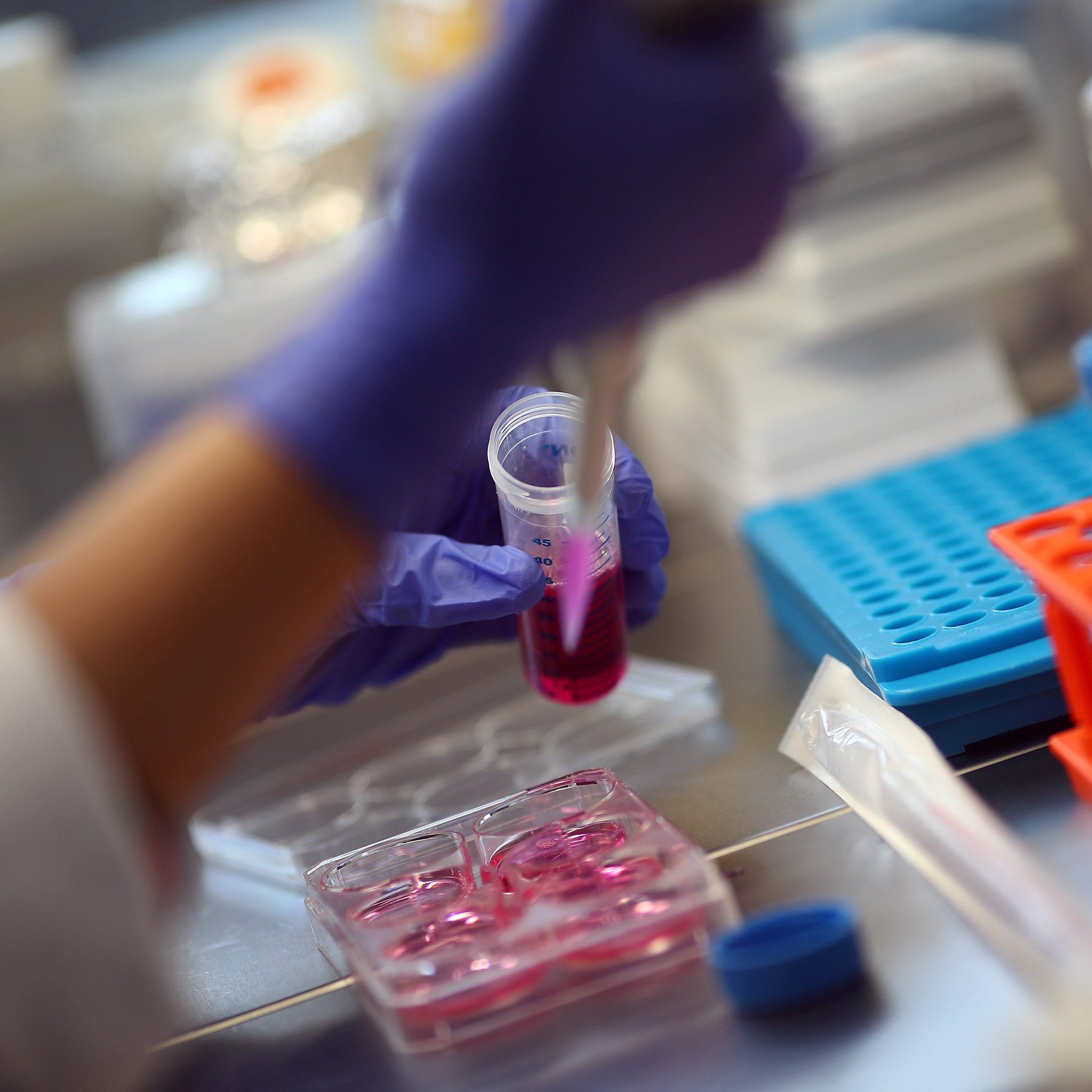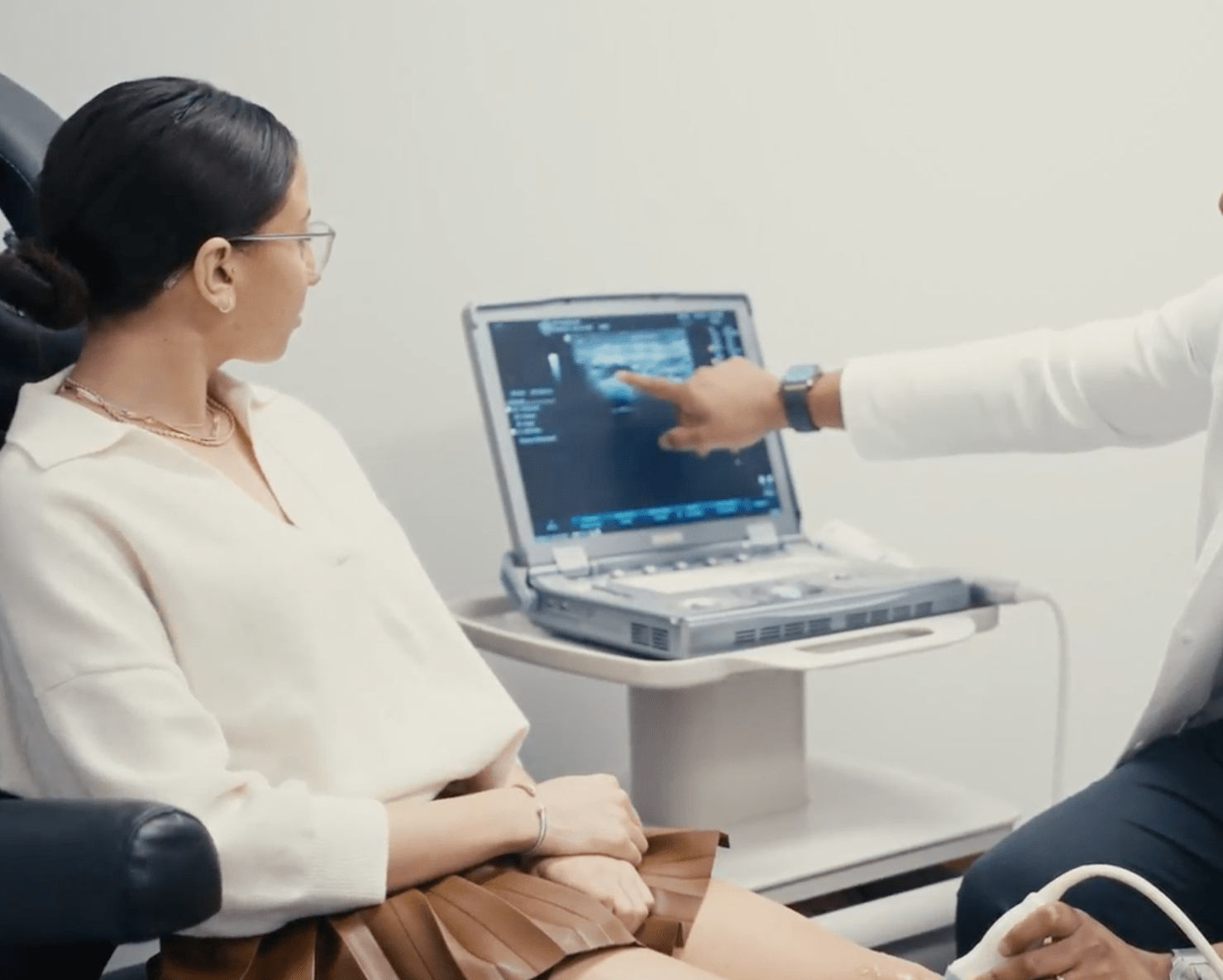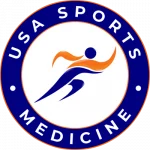Stem Cell therapy is a type of regenerative medicine treatment, aimed at healing your injuries by regenerating tissue. Stem cells are found throughout your body and are working constantly to balance tissue breakdown and tissue regeneration. Without active stem cells, you would die as your body could not repair itself.

"Excellent service, amazing staff, great facility."
- Alejandra Martínez
"The staff is amazing . Great people , great vibes and awesome treatment. They offer so many services , highly recommend!!"
- ariana lopez
"The best in the business, professional and nice. I always feel like I am being heard and that progress is being made to help my body feel better.
I would highly recommend!"
— Dani Dellarco
Adult stem cells have several unique properties that make them different from your other cells. Their most unique quality is that they can form new tissue types. After an injury occurs, platelets are the first responders to the site and release signaling molecules called cytokines and healing proteins called growth factors. This healing cascade stimulates local stem cells to activate, replicate, differentiate, and repair.
Stem Cell Therapy takes your stem cells from an area of relative abundance and injects them directly into an area of relative deficiency, allowing you to heal more effectively.

The procedure starts with taking bone marrow from one of your pelvic bones. This is not nearly as painful as it may sound! The sample is then placed in a centrifuge that spins at a high speed, separating the stem cells and platelets from the other components of the sample. The concentrated stem cell sample is removed and then injected into the injured tissue. We use ultrasound and/or fluoroscopic guidance for pinpoint accuracy. High-quality living stem cells, containing powerful growth factors and cytokines, helps to jumpstart the healing process. It has even been shown to improve the quality of healing when compared to normal healing.
There is much confusion and there are many doctors claiming they are using stem cells, when in fact, they are not.
Our procedures are backed by real, up-to-date science and we make sure each patient is getting the highest quantity and quality of regenerative components. Do not get fooled by others who use placenta, amniotic or umbilical cells and try to pass them off as active stem cells. By using live cells from your own body, we deliver the most active cells to aid in the healing process.
Bone Marrow contains both mesenchymal stem cells (MSCs) as well as hematopoietic stem cells (HSCs). Both of these Bone Marrow Stem Cells guide tissue healing through their communication with other cells in the region. The HSCs form white blood cells, red blood cells, and blood vessels which help provide optimal conditions for tissue repair. Due to their plasticity, they can form into other cells as well. Additionally, they stimulate the release of additional stem cells from the local bone marrow, as well as releasing growth factors and cytokines to aid in healing.
Lorem ipsum dolor sit amet, consectetur adipiscing elit. Ut elit tellus, luctus nec ullamcorper mattis, pulvinar dapibus leo.
Studies show improved pain relief, at least for the first 6 months when compared to cortisone injection – a safer alternative to a cortisone injection.
We recommend that you avoid any NSAIDs (ibuprofen, naproxen, diclofenac, meloxicam) for at least 4 days prior to your procedure. It is best to avoid receiving a steroid injection in the weeks leading up to your procedure. Stay hydrated and try to drink at least 60 oz of water a day in the 2-3 days prior to the procedure.
Studies Cited:

Start Your Healing Journey.
404 Washington Ave.
#120
Miami Beach, FL 33139
+1(305) 479-2973
info@usasportsmedicine.com